![數理邏輯(第2版) [Mathematical Logic]](https://pic.tinynews.org/10096474/f2c2dfd6-79e9-4d5d-8a47-b4bc2651d7d0.jpg)

具體描述
編輯推薦
A short digression into model theory will help us to analyze the expressive power of the first-order language, and it will turn out that there are certain deficiencies. For example, the first-order language does not allow the formulation of an adequate axiom system for arithmetic or analysis. On the other hand, this di~culty can be overcome——-even in the framework of first-order logic——by developing mathematics in set-theoretic terms. We explain the prerequisites from set theory necessary for this purpose and then treat the subtle relation between logic and set theory in a thorough manner.Godels incompleteness theorems are presented in connection with several related results (such as Trahtenbrots theorem) which all exemplify the limitatious of machine-oriented proof methods. The notions of computability theory that are relevant to this discussion are given in detail. The concept of computability is made precise by means of the register machine as a
內容簡介
What is a mathematical proof? How can proofs be justified? Are there limitations to provability? To what extent can machines carry out mathematical proofs?Only in this century has there been success in obtaining substantial and satisfactory answers. The present book contains a systematic discussion of these results. The investigations are centered around first-order logic. Our first goal is Godels completeness theorem, which shows that the consequence relation coincides with formal provability: By means of a calculus consisting of simple formal inference rules, one can obtain all consequences of a given axiom system (and in particular, imitate all mathematical proofs)
內頁插圖
目錄
PrefacePART A
ⅠIntroduction
1.An Example from Group Theory
2.An Example from the Theory of Equivalence Relations
3.A Preliminary Analysis
4.Preview
Ⅱ Syntax of First-Order Languages
1.Alphabets
2.The Alphabet of a First-Order Language
3.Terms and Formulas in First-Order Languages
4.Induction in the Calculus of Terms and in the Calculus of Formulas
5.Free Variables and Sentences
Ⅲ Semantics of First-Order Languages
1.Structures and Interpretations
2.Standardization of Connectives
3.The Satisfaction Relation
4.The Consequence Relation
5.Two Lemmas on the Satisfaction Relation
6.Some simple formalizations
7.Some remarks on Formalizability
8.Substitution
Ⅳ A Sequent Calculus
1.Sequent Rules
2.Structural Rules and Connective Rules
3.Derivable Connective Rules
4.Quantifier and Equality Rules
5.Further Derivable Rules and Sequents
6.Summary and Example
7.Consistency
ⅤThe Completeness Theorem
1.Henkin’S Theorem.
2. Satisfiability of Consistent Sets of Formulas(the Countable Casel
3. Satisfiability of Consistent Sets of Formulas(the General Case)
4.The Completeness Theorem
Ⅵ The LSwenheim-Skolem and the Compactness Theorem
1.The L6wenheim-Skolem Theorem.
2.The Compactness Theorem
3.Elementary Classes
4.Elementarily Equivalent Structures
Ⅶ The Scope of First-Order Logic
1.The Notion of Formal Proof
2.Mathematics Within the Framework of Fimt—Order Logic
3.The Zermelo-Fraenkel Axioms for Set Theory.
4.Set Theory as a Basis for Mathematics
Ⅷ Syntactic Interpretations and Normal Forms
1.Term-Reduced Formulas and Relational Symbol Sets
2.Syntactic Interpretations
3.Extensions by Definitions
4.Normal Forms
PART B
Ⅸ Extensions of First-order logic
Ⅹ Limitations of the Formal Method
Ⅺ Free Models and Logic Programming
Ⅻ An Algebraic Characterization of Elementary Equivalence
ⅩⅢ Lindstrom’s Theorems
References
Symbol Index
Subject Index
前言/序言
用戶評價
評分我是一名數學係的學生,現在正值學習數理邏輯的關鍵時期,這本《數理邏輯(第2版)》可以說是我的“必修教材”。拿到手後,我立刻就開始按照課程進度進行學習,它給我的第一印象是內容非常詳實,覆蓋瞭數理邏輯的各個主要分支,包括命題演算、謂詞演算、模態邏輯、遞歸論等等。每一章節的講解都力求清晰,並且配有大量的例題和習題,這對於鞏固學習非常有幫助。我特彆喜歡書中對一些概念的嚴謹定義和證明過程的詳細展示,這讓我能夠真正理解數學推理的嚴謹性。雖然有時會覺得有些概念比較抽象,需要花費大量時間去消化,但每一次攻剋一個難點,都有一種成就感。這本書不僅是學習理論知識的工具,更是培養我數學思維和抽象能力的重要途徑。
評分說實話,這本《數理邏輯(第2版)》我纔剛翻開沒多久,主要還是在熟悉它的整體框架和一些基礎概念。我之前對數理邏輯的瞭解,大多是通過一些科普讀物或者是在學習其他課程時零星接觸到的,比如一些關於集閤論或者證明的介紹。但這本書明顯是要深入得多,它不僅僅是告訴你“是什麼”,更重要的是教你“為什麼”以及“如何做”。我個人比較喜歡這種循序漸進的學習方式,即使遇到一些不那麼容易理解的地方,也能通過後麵的內容或者作者的講解慢慢理清思路。這本書的語言風格比較嚴謹,但這正是我想在數理邏輯領域所期望的。我希望通過這本書,能夠建立起一個堅實的數理邏輯基礎,為我未來在算法設計、程序驗證等需要高度邏輯性的工作中打下堅實的基礎。同時,我也希望這本書能夠幫助我培養一種更加清晰、嚴謹的思維模式,這對我來說是無價的。
評分作為一名對計算機科學非常感興趣的業餘愛好者,我一直對“邏輯”這個詞情有獨鍾。我常常覺得,計算機的本質就是處理邏輯,而數理邏輯則是這背後最核心的理論支撐。所以,當我看到《數理邏輯(第2版)》這本書時,便迫不及待地想擁有它。雖然我不是數學專業背景,但這本書似乎有意地照顧到瞭非專業讀者,它的開篇部分用瞭一種相對容易理解的方式介紹瞭數理邏輯的基本概念。我目前還在嘗試理解一些更深層次的理論,比如形式係統、完備性定理等。我感覺這本書不僅僅是關於抽象的數學符號,它更是揭示瞭人類思維的底層規律。我希望通過這本書,能夠更好地理解計算機程序是如何工作的,以及如何用更精確的邏輯來描述和解決問題。它的價值,我相信遠遠超過一本單純的教科書。
評分最近在思考關於人工智能的未來發展,我覺得要深入理解AI,離不開對邏輯的深刻認識。因此,我選擇瞭《數理邏輯(第2版)》這本書來係統學習。我剛開始閱讀,就被書中嚴謹的邏輯體係所吸引。它不僅僅是枯燥的符號和公式,更像是為我們搭建瞭一個認識世界、認識思維的全新框架。我特彆關注書中關於命題邏輯和一階邏輯的部分,因為我覺得這些是最基礎也最核心的概念,能夠幫助我理解如何將自然語言的描述轉化為精確的形式化語言。我希望通過這本書,能夠理解那些復雜的算法和模型背後所蘊含的邏輯原理,從而更好地理解AI的決策過程,甚至思考AI的局限性。這本書的閱讀過程,對我來說更像是一次思維的“重塑”,它讓我開始用一種全新的視角去審視那些看似平常的現象。
評分最近終於下定決心,開始啃這本《數理邏輯(第2版)》瞭,之前就聽說這本是領域的經典,但一直有點畏難情緒。拿到書的那一刻,厚重感撲麵而來,紙張的質感也很好,拿在手裏就感覺內容一定不一般。我一直覺得數學是一門嚴謹的學問,而邏輯又是數學的基石,所以對數理邏輯這個領域本身就充滿瞭好奇。雖然我不是數學專業齣身,但我在工作中經常需要處理復雜的問題,邏輯思維能力是必不可少的,所以想通過學習這本書來係統地提升自己的理論素養。拿到書後,我先翻閱瞭一下目錄,感覺內容涵蓋非常廣,從最基礎的命題邏輯,到一階邏輯,再到一些更高級的概念,比如模型論、證明論等等,這些我之前很多都隻是在概念上有所耳聞。我特彆期待能夠深入理解這些理論,看看它們是如何支撐起我們日常的推理和數學證明的。這本書的排版我也很喜歡,清晰明瞭,而且看起來不是那種死闆的書本,希望能通過閱讀,找到那些隱藏在數學世界裏的優雅規則。
放購物車裏久瞭都忘瞭是英文的瞭…
評分應該說這本算是很不錯的瞭,條理清晰,內容全麵
評分弗雷格
評分還不錯吧~還不錯啊~~~
評分內容
評分邏輯是探索、闡述和確立有效推理原則的學科,最早由古希臘學者亞裏士多德創建的。用數學的方法研究關於推理、證明等問題的學科就叫做數理邏輯。也叫做符號邏輯。
評分邏輯一下子
評分東西好
評分弗雷格
相關圖書
本站所有内容均为互联网搜索引擎提供的公开搜索信息,本站不存储任何数据与内容,任何内容与数据均与本站无关,如有需要请联系相关搜索引擎包括但不限于百度,google,bing,sogou 等
© 2025 book.tinynews.org All Rights Reserved. 静思书屋 版权所有


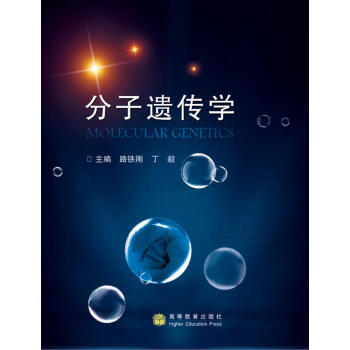
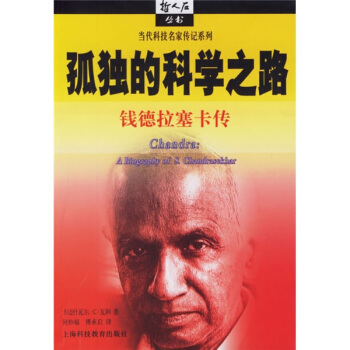
![等離子體物理學和受控聚變:第1捲(第2版) [Introduction to plasma physics and controlled fusion.Volume 1, Plasma physics 2nd edition] pdf epub mobi 電子書 下載](https://pic.tinynews.org/10256968/df9bb09b-3e0f-433f-b4c3-1fda8e35e3e5.jpg)
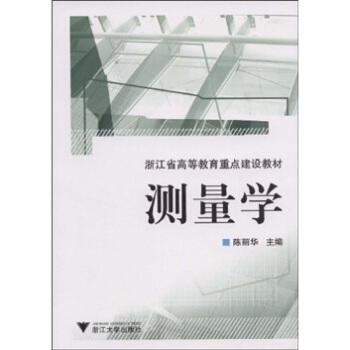
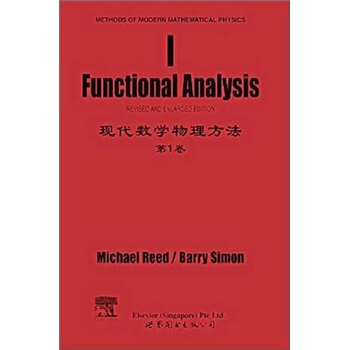




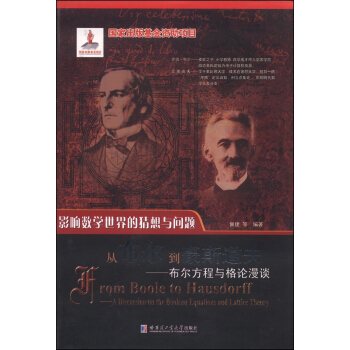
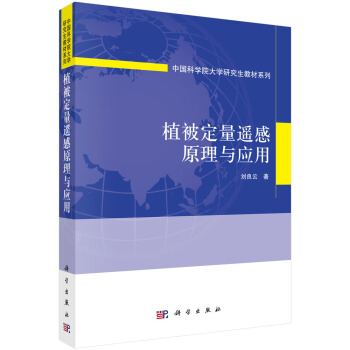
![計算光子學——MATLAB導論 [Computational Photonics an Introduction With MATLAB] pdf epub mobi 電子書 下載](https://pic.tinynews.org/11717948/5594ea66N3f41a79e.jpg)



![生命科學名著:進化 [Evolution] pdf epub mobi 電子書 下載](https://pic.tinynews.org/11882499/57431b71N00f1239f.jpg)
![今日天文 星係世界和宇宙的一生(翻譯版 原書第8版) [Astronomy Today] pdf epub mobi 電子書 下載](https://pic.tinynews.org/11959953/5837d889Ned8822b4.jpg)

